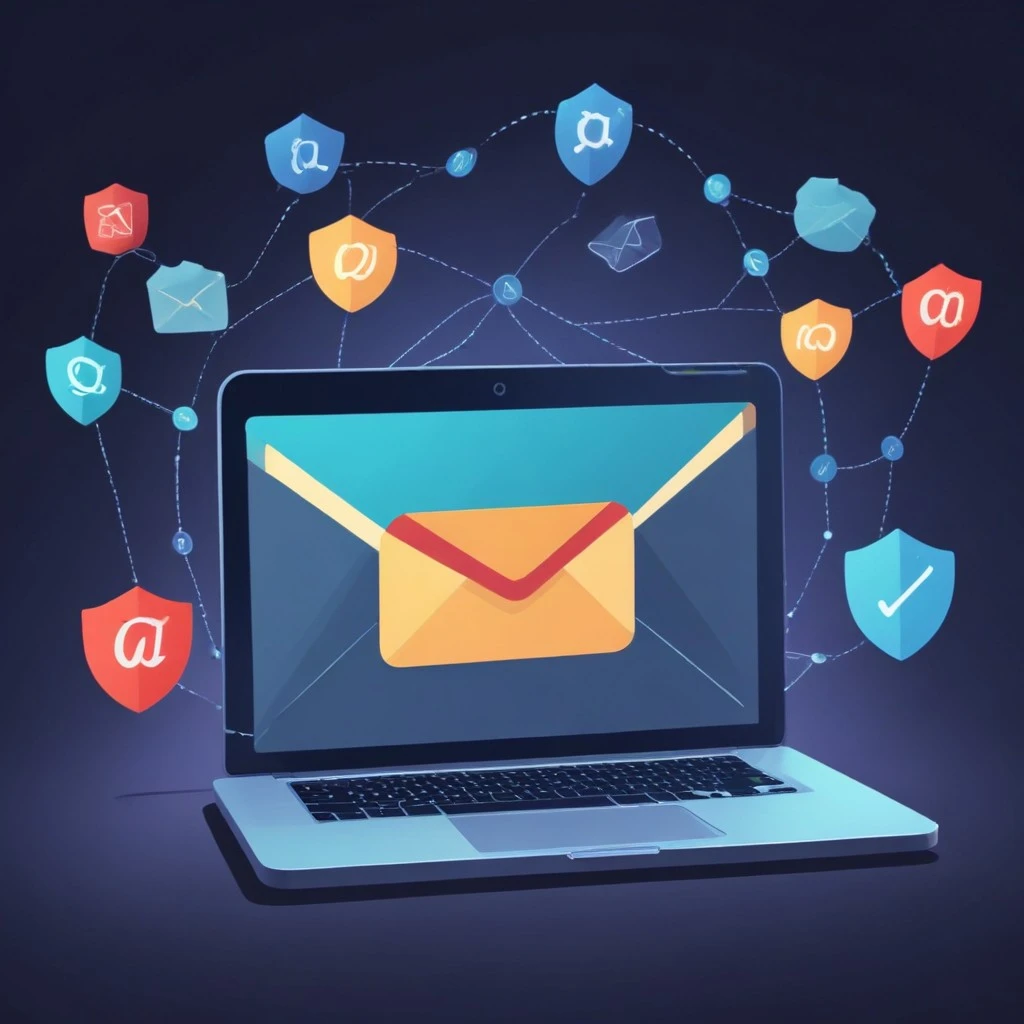
Top 10 Tips to Protect Your Email from Spam and Phishing
In today's digital age, protecting your email from spam and phishing attacks is more crucial than ever. Spam can clutter your inbox, while phishing attacks can compromise your personal information and security. Fortunately, there are several effective strategies you can use to safeguard your email. Here are our top 10 tips to help you stay secure.
1. Use Strong, Unique Passwords
A strong password is your first line of defense against unauthorized access. Make sure your email password is unique and not used for any other accounts. Combine uppercase and lowercase letters, numbers, and special characters to create a complex password. Consider using a password manager to keep track of your passwords securely.
2. Enable Two-Factor Authentication (2FA)
Two-factor authentication adds an extra layer of security by requiring a second form of verification, such as a code sent to your phone, in addition to your password. This makes it significantly harder for attackers to gain access to your account, even if they have your password.
3. Be Cautious with Email Aliases
Using email aliases can help protect your real email address from spam and phishing attempts. Generate unique aliases for different purposes, such as shopping, newsletters, and social media. This way, you can easily identify and deactivate an alias if it starts receiving spam.
4. Avoid Clicking on Suspicious Links
Phishing emails often contain links that lead to malicious websites designed to steal your information. Hover over links to see the URL before clicking, and be wary of any links that look suspicious or unfamiliar. If an email seems odd, it's safer to visit the website directly through your browser rather than clicking on a link.
5. Verify the Sender's Email Address
Phishing emails may appear to come from legitimate sources but often have slight variations in the sender's email address. Carefully check the sender's address for any discrepancies, such as extra characters or misspellings. If in doubt, contact the organization directly using contact information from their official website.
6. Be Skeptical of Urgent or Unusual Requests
Phishing emails often create a sense of urgency, claiming that your account will be locked or that you've won a prize. Be skeptical of any email that pressures you to act quickly or provides unusual instructions. Legitimate organizations typically do not make such requests via email.
7. Keep Your Software Updated
Regularly updating your software, including your email client and antivirus program, can protect you from the latest security threats. Software updates often include patches for known vulnerabilities that could be exploited by attackers.
8. Use Email Filters
Most email providers offer filters that can automatically detect and block spam and phishing emails. Configure these filters to suit your preferences and review the settings periodically to ensure they are effectively filtering unwanted messages.
9. Educate Yourself and Others
Stay informed about the latest phishing tactics and scams. Educating yourself and others on recognizing and avoiding phishing attempts can significantly reduce the risk of falling victim to these attacks. Share tips and information with family members, friends, and colleagues to help them stay safe.
10. Monitor Your Accounts Regularly
Regularly monitoring your email accounts for any suspicious activity can help you detect and respond to potential threats quickly. Set up alerts for unusual login attempts or changes to your account settings, and review your account activity periodically.
Conclusion
By following these top 10 tips, you can greatly reduce the risk of spam and phishing attacks on your email. Protecting your email requires vigilance and proactive measures, but the effort is well worth it to keep your personal information and online security intact. Implement these strategies today to enjoy a safer and more secure email experience.